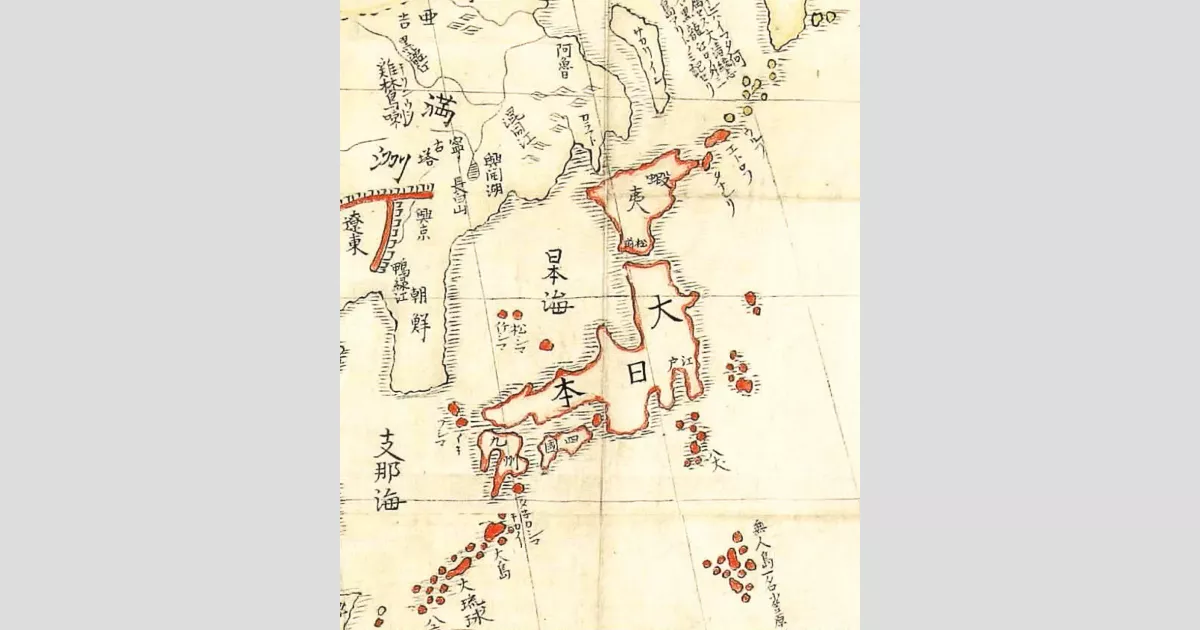The Shogun was a military title in Japan, held from 1185 to 1868, where the holder was nominally appointed by the Emperor, but was usually the de facto ruler. While the Emperor remained the symbolic head of state, Shoguns wielded true power, commanding the military and governing the country. However, during certain periods, the Shoguns themselves were figureheads, with actual power held by regents from powerful clans like the Hōjō and Hosokawa. Some powerful leaders, like Taira no Kiyomori and Toyotomi Hideyoshi, gained high aristocratic positions instead of the Shogunate to rule.
1912: End of the Meiji era
In 1912, the Meiji era came to an end. The rapid modernization of Japan during the Meiji era (1868–1912) was aided by the education under the Tokugawa shoguns.
December 1945: Tokugawa Iemasa gave the Honjō Masamune sword to a police station at Mejiro and it went missing.
In December 1945, Tokugawa Iemasa gave the Honjō Masamune sword to a police station at Mejiro and it went missing.
2016: Japanese history textbooks do not specify a specific year for the beginning of the Kamakura period
In 2016, Japanese history textbooks did not specify a specific year for the beginning of the Kamakura period, because there are various theories about the year the Kamakura shogunate was established.
Mentioned in this timeline
Japan is an East Asian island country situated in the...
Trending

30 days ago George Strait Announces Lubbock Concerts: Tickets on Sale November 21st!

4 months ago Celebrity Cruises Ship Loses Power, Drifts Off Italy Coast for Three Hours

6 months ago Brokeback Mountain's 20th Anniversary: Challenging Hollywood and impacting audiences, starring Heath Ledger.

5 months ago Meryl Streep, Anne Hathaway, and Stanley Tucci in Devil Wears Prada Sequel

2 months ago Steve Harvey's Wild Reaction Causes Him to Drop Cards on Family Feud
Snoqualmie Pass is a mountain pass in Washington State serving as a crucial route for Interstate I- through the Cascade...
Popular

Candace Owens is an American conservative political commentator and author...

Ilhan Omar is an American politician currently serving as the...

XXXTentacion born Jahseh Dwayne Ricardo Onfroy was a controversial yet...

Charles James Charlie Kirk was a prominent American right-wing political...

Bill Gates an American businessman and philanthropist revolutionized personal computing...

Michael Jordan often known as MJ is a businessman and...
